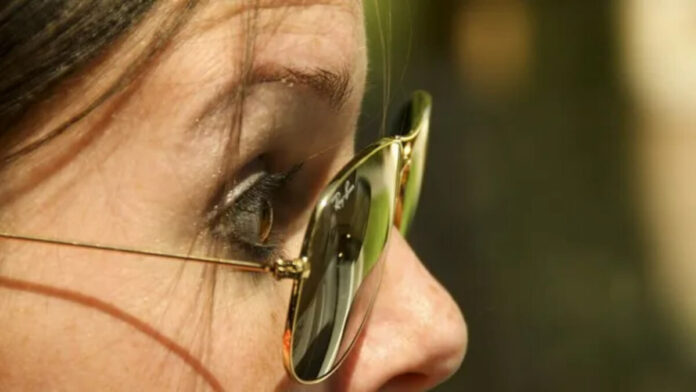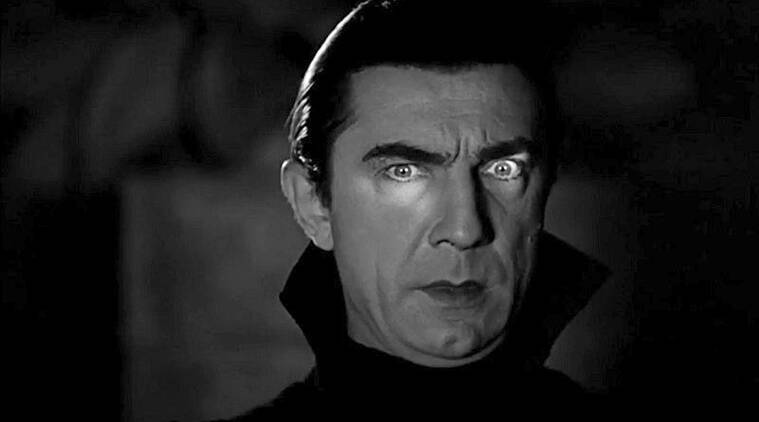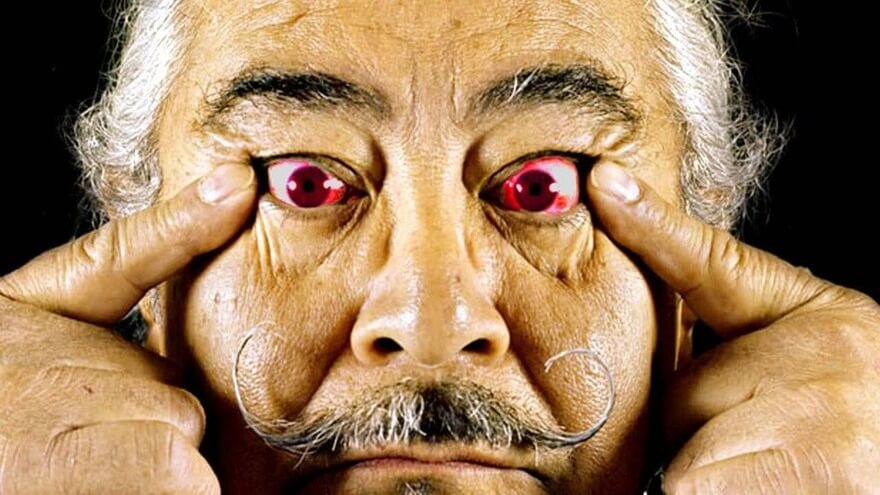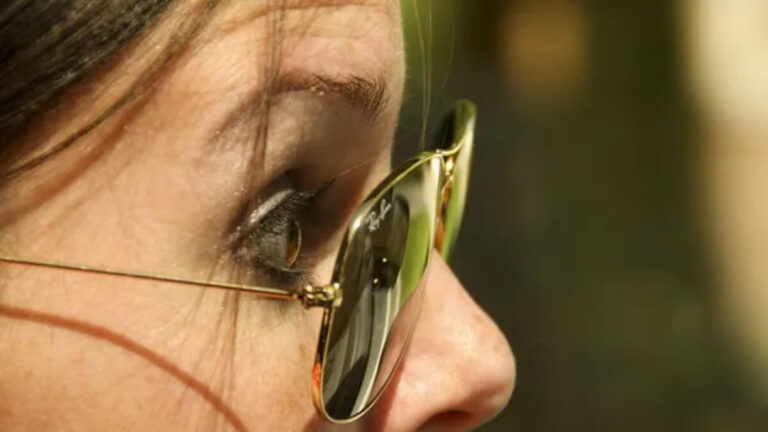
Staring is a controversial issue around the world and although staring at women for more than an accepted period of time would be particularly “criminal”, even when not per se, the standards are not really relaxed in the generality of fixed gaze. And so it is that the gaze has come to assume the universal notion of being almost always interpreted in terms that can serve as threat or confrontation, with its underlying character necessarily resting in the soulful range of discomfort. .
The power of staring cannot then be disputed, and although this aspect of bodily behavior need not always be a conscious ploy of eyeing, it happens to be most analyzed – probed rather in such a context. A stare shouldn’t be such a virulent thing on its own. It is after all only a prolonged gaze fixed on a particular subject, as an extension of the seeing function of the eyes. Why then is the gaze so vilified that it has come to be unanimously dismissed as an invasion of privacy? And is it then an evolution from this base that the human has developed his instincts with enough precision to sense whenever he is looked at, even when the occurrence of the look is directed outside the direct reach of our vision ?
The discomfort of being the object and the subject of the gaze should not be very difficult to understand since almost all of us have been aware of this particularly intense affirmation that a gaze bent over us. Being stared at makes us immensely self-aware, and thus makes us quiver in a very uncomfortable awareness of unwarranted scrutiny. It is no wonder that staring is seen not only as a threat but also as rude conduct, as it most certainly encroaches on the private space of our psychological existence.
Such an interpretation of the gaze in terms that really have nothing to do with what is as universal as an action that prevails despite its blatant discredit, however, seems a little too harsh. Because often we tend to hold a gaze long enough for it to qualify as a gaze as part of a subconscious affirmation. Or one can look at someone indeed out of sheer curiosity, with no secondary (despicable) motive behind that look. As something as natural as a supervenience, in at least half of its worldwide supervenience, looks could be a case of misinterpretation. Call it then the defect of absolute power or instead attempt to realize the plot of its weaving by delivering a judgmental stare and either way the stare seems to be aimed at that identity of its refutation and disapproval .
Such an explanation is only a superficial view of the attempt to make sense of the hostility in which the gaze is considered. The reality of it is backed up by vast amounts of a science that is both psychological and physical in its operation. This then not only gives us insight into the mechanism by which gazes unsettle the human being, but also helps us devise ways to ignore gazes or look at them again.

And yet the looks are silent speeches of resolute defiance. They are also the basis on which love can find its first spark and an already sparked romance can make greater inroads into the realm of love. For indeed, there is something powerful about suspending the natural mechanism of blinking, restraining it, and concentrating all one’s gaze, strength and awareness in maintaining an expanse of vision that leaves no chance of losing anything. .
Looking then is perhaps a skill and therefore also an art that touches on both aspects of human existence. Indeed, one can only indulge in this act of staring as a conscious enterprise if one is not sufficiently disciplined and resolute as a person in and of itself. This notion of gaze is not, however, the first gaze that slips into our brain from the first mentions of it, overworked as it is by the other extent of the event. Consider the irony of the matter then in the conscious gaze bearing a character of essentiality which is advocated while becoming an outrageous ploy by its manifest occurring by overwhelming the beholder with unwelcome expanse and affirmation of attention.
Staring perhaps derives some of its connotation from such grossness-tendering excesses also from its naturalness of occurrence. In such submission of the extended gaze to humans who are different from others, notwithstanding the generally unique nature of each individual, the gaze might have come to assume this characteristic of being the first pattern of differentiation – read discrimination, to follow .
Diverse is also the consciousness in which we receive glances – the human brain being wired to detect these piercing glances in their being, but not meaning the absolute functioning of it in such exclusive precision in success. The “dimension” in which gazes occur in their negativity with the phenomenon of self-gazes also as possibly rested in such directions of discomfort is also not exclusive. Because it is not only an outside look that plays heavily on human psychology to induce a feeling that is not very convenient for our conscience to manage.
Also looking at ourselves during video calls, for example, produces an equally negative state of existence that our mind cannot really take stock of. Why this more personal contempt may also correspond to staring is not yet scientifically certain, but the fact that the benefit would always be due to awareness or increased self-awareness is indeed clear.
Regardless of the reason and mode of its putting on a barrage of unwanted attention, the gaze is a sufficiently repugnant proposition that one would want to avoid its area of reach. Of course, this is easier said than done since the “authority” to watch does not rest with the one being scrutinized. Even when some aspect of truth asserts itself in favor of looking at others by attributing this process of looking at people who are different rather than actually helping us learn and empathize, the greater reality prevails. always, because staring is a rude behavior that we should not deliberately practice. and in no way make it so obvious and excessive as to make the person extremely self-conscious. But if we are the recipients of these callous eyes instead, there may be some attempts that can be made to ward off such unwarranted scrutiny.
Obviously, the best way to destroy this threat, regardless of intent, is to look straight into the eyes that are hovering all around you. Also hold this gaze for a while and, if necessary, also accompany it with a frown if you think you are not assertive enough. This should be intimidating enough of you to catch the stares watching you off guard. In most cases, if the gaze is somewhat subconsciously in a direction toward you, the realization will be felt on whoever you are returning the “favor” to. Even in the conscious cases of glancing at you, the “boldness” on your part would be convincing enough to turn them down.
If not, and if you feel really uncomfortable with such continuous staring at you, the next best thing to do would be to walk away. Alternatively, you can choose to confront them upfront about what interests them so much about you. But if you really feel threatened and beyond what those eyes can do to you, which is to say nothing through them, you really need to seek help.

The gaze being a form of non-verbal communication, it is therefore perfectly logical to interpret the gaze as affecting the one who is subjected to it. Which means calling in such looks, no matter how intense, can be as logical a reaction as one chooses to give them. And because looks are inherently powerful, they only make them more susceptible to being “abused,” the effort of which can also result in negative self-esteem and/or self-image considerations. Naturally, then, as something that weighs so heavily on individuality, one has to take a look headlong and tackle any usurpation of its exploitative power more.
It is, however, also this very power of gaze that can instead be invoked in much positivity – like a game of fact of global prevalence. Also coming up with its own piece of history would be watching contests which can be professional or personal in their business, with identities etched even in Guinness World Records in this regard. This could all be construed as fun and playful today, but the ultimate assertion is indeed one of dominance, just as it had been in its origins following bloody brawls. Gazing contests are then maintained and therefore drag on like games of and on reflexes, underlying once again the human narrative through which the gaze has maintained its uncontested claim to power – for better and even for the worst.




Add comment